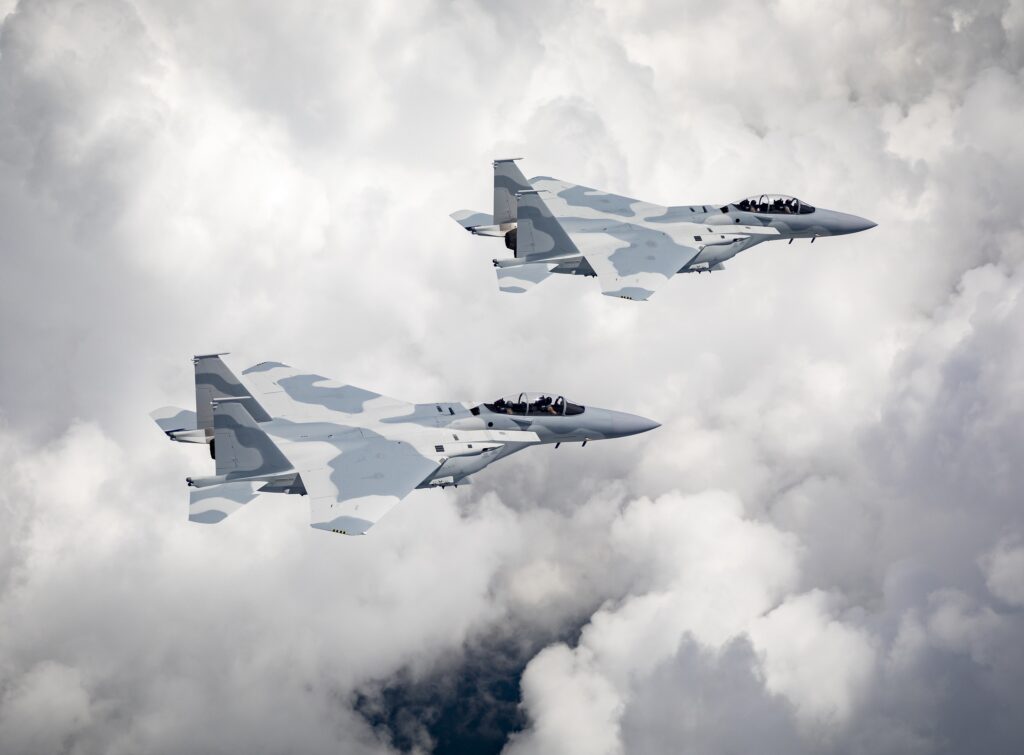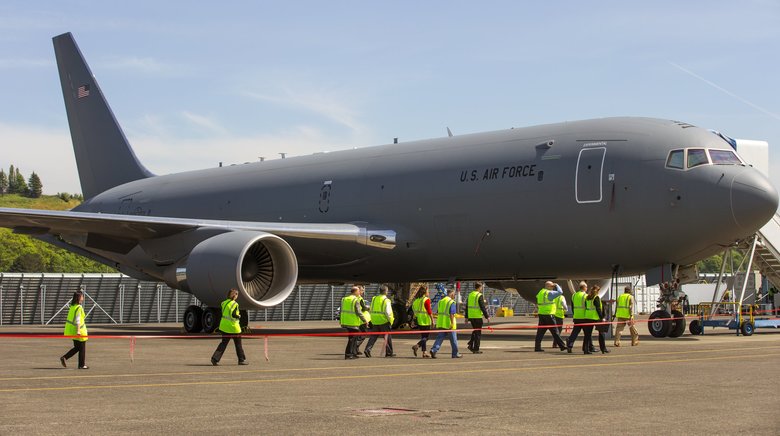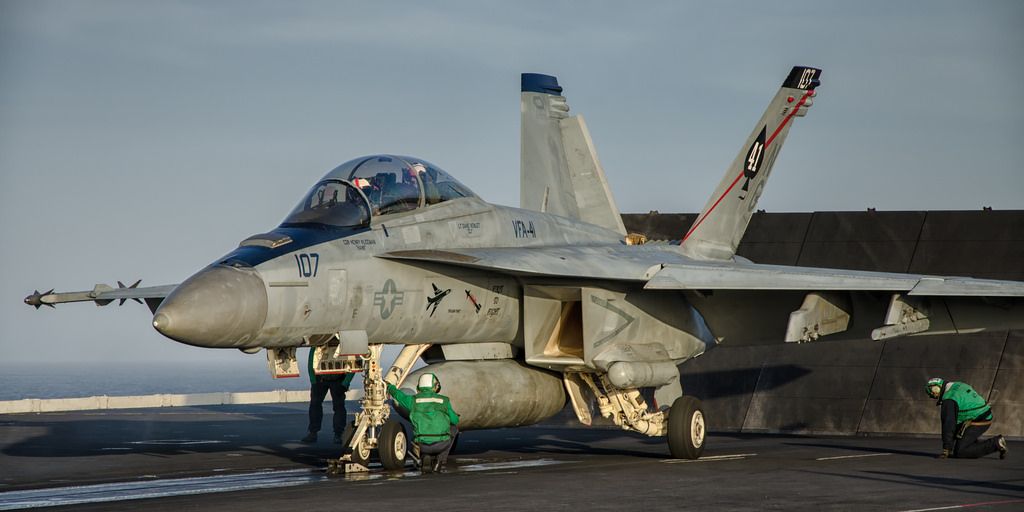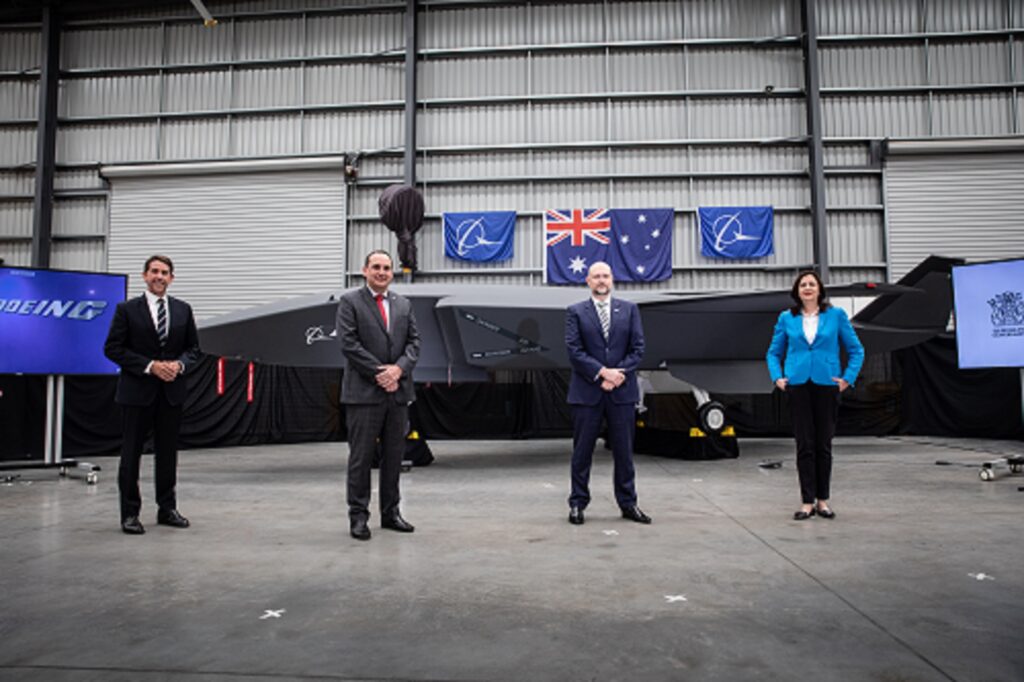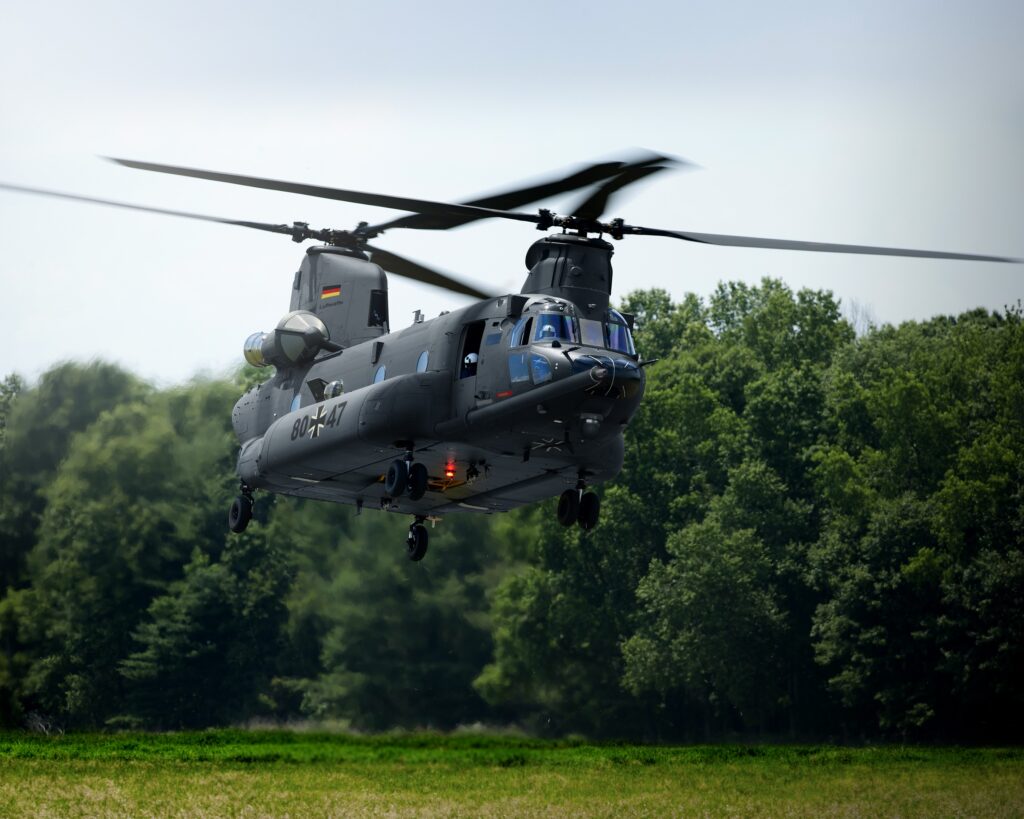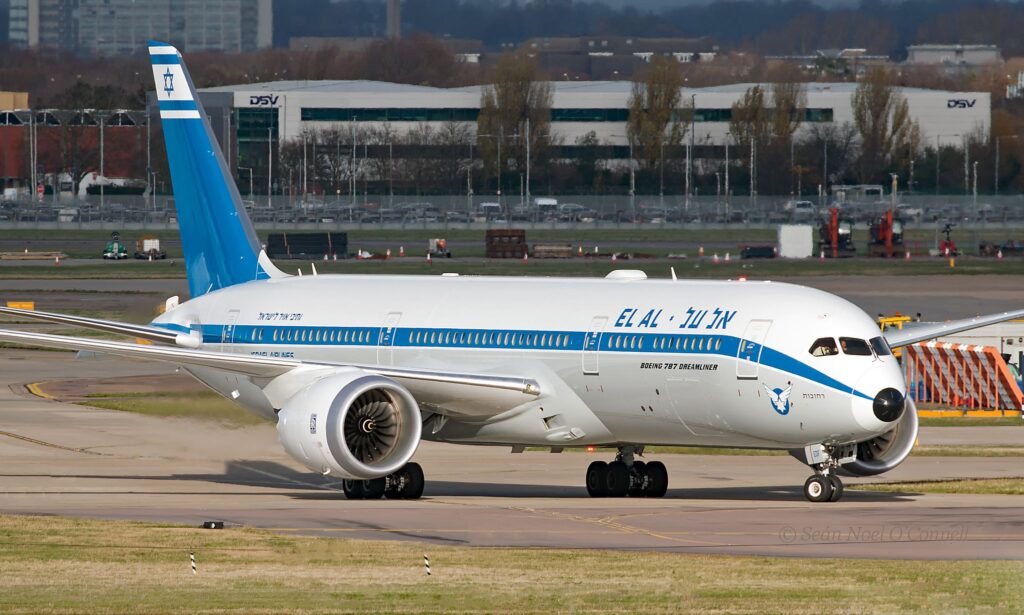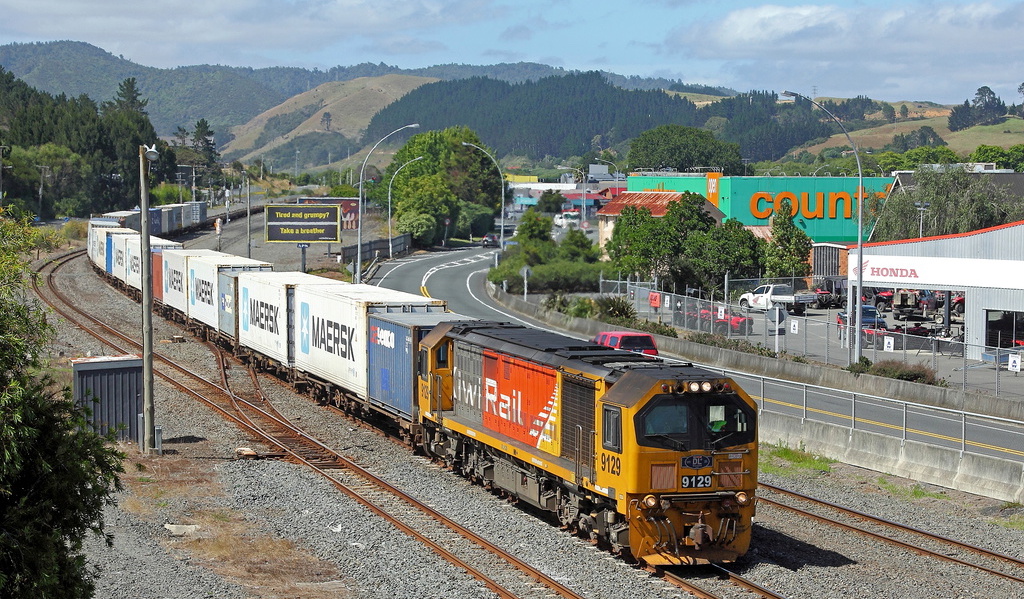Boeing Secures Over $800M in Middle East Training and Support Contracts
- Qatar Emiri Air Force to receive aircrew and maintenance training support for F-15QA aircraft - Comprehensive support includes pre-delivery training and maintenance, and in-country services support Boeing [NYSA: BA] today acknowledged three foreign military…
